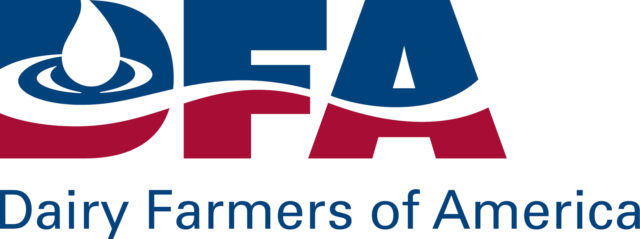With yield monitor technology, silage growers can see the impact of management changes in every field section over time. Unfortunately, even with calibrated equipment and best operator practices, yield maps can look pretty confusing without some post-harvest processing.
Worse, maps that have not been properly cleaned can be misleading. Using a strategy called “yield data cleaning,” growers can make decisions using yield data with more confidence and little added effort or cost (Figure 1).
Cornell University’s Nutrient Management Spear Program has been working with corn growers in New York to develop an easy and accurate method for yield data cleaning. We have found that in most cases a whole farm’s yield data can be cleaned in one to two hours per harvest season using free software. We have also found that clean data provide a better map, a more accurate yield estimate, and a more reliable farm record.
Yield editor for data cleaning
Correcting errors in yield data used to take a long time, even with expensive software. In 2012, yield data cleaning took a giant step forward. The USDA-ARS published the next generation of the freely available Yield Editor software, making it faster than ever to build a more accurate yield map. Yield Editor can fix issues like overlapped passes and makes it easier to find and fix issues related to yield monitor sensors.
The Nutrient Management Spear Program has used Yield Editor to clean over 82,000 acres of corn silage data for New York dairy farms in the past two years, and it has found that uncleaned data can over or under-estimate silage yield by as much as 5 to 7 tons per acre for yields ranging from 15 to 30 tons per acre (at 35 percent dry matter).

Find and fix sensor delays
Silage choppers have two main yield sensors: flow (for pounds of crop) and moisture (for moisture content determination). Most sensors are in the rear of the harvester, so by the time the corn is “sensed” the harvester can be up to 50 feet further along the pass from where the corn was chopped. Yield Editor can shift data back along the path of the chopper to correct for this gap (Figure 1).
The exact gap in time between harvest and the crop reaching the sensors, called a “flow delay” or “moisture delay,” may change annually based on equipment, operators and field conditions. Flow and moisture delay corrections produce a better map and are critical to an accurate yield estimate.
Cleaning up field edges
Yield estimates are often much lower than the actual yield when the chopper is slowing down or ramping up to speed. “Start pass” and “end pass” delays remove a set number of unreliable datapoints from the beginning and end of each harvester pass (Figure 2).

Applying the correct start and end pass delays produces more accurate yield estimates near field edges. Just like flow and moisture delays, start and end pass delays change annually with field conditions, equipment, and operator practices.
Batch cleaning
Data cleaning does not need to be done one field at a time for large farms. We use Yield Editor to manually clean 10 sample fields with known features and then apply the average cleaning settings (the number of seconds for each delay error) farm-wide. This is called “batch cleaning”, and is both fast and accurate (Figure 3).

Finding the best delay values for each field can be tough at first, but there are options to speed up the learning curve. Try to pick sample fields with features like grass waterways or within-field tree lines. This makes it easier to find patterns in Yield Editor’s flow and moisture maps, which will be the most obvious when the best cleaning settings are applied (Figure 1). The better you know your fields, the faster cleaning can be done. No experience is necessary, but some computer skills are a big help.
After cleaning, yield data can be imported into AgLeader SMS or similar crop management software. Batch cleaning saves a complete copy of the original uncleaned data. Growers can compare the raw data with clean data to see how and where changes have occurred. Raw and cleaned data should be saved along with other essential farm records.
Moving Forward
The Nutrient Management Spear Program created a step-by-step guide to use Yield Editor for corn silage and grain yield monitor data cleaning and then published a Yield Data Cleaning Protocol. The protocol walks users through the process of selecting the best flow, moisture, start and end pass delays for each field. The guide also contains troubleshooting help and tips to speed up the data cleaning process.
Today, yield data cleaning will almost always be worth the time for corn growers with yield monitors. High-quality decision-making requires high quality information, and yield documentation is no exception. Once data are in AgLeader format, data cleaning can be done in one to two hours per farm per year by selecting ten fields with known within-field features, determining the four delay values, and then batch cleaning to correct errors in all harvested fields. Yield data cleaning is not a replacement for yield monitor calibration and good operator practices, but it is an essential step toward reliable yield data.
This article appeared in PRO-DAIRY’s The Manager in March 2020. To learn more about Cornell CALS PRO-DAIRY program, visit PRO-DAIRY Cornell CALS.



